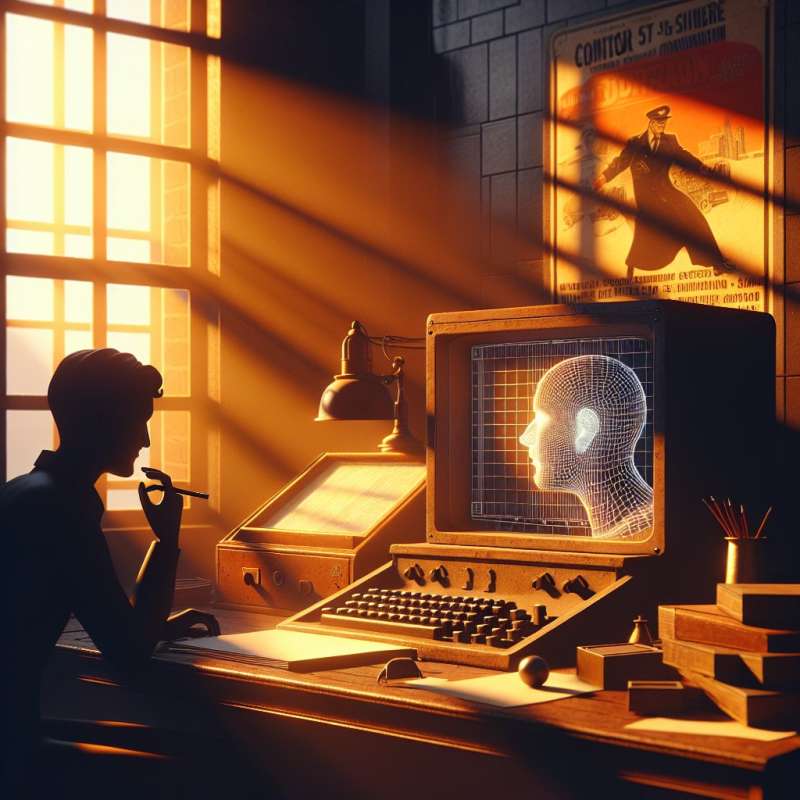
3D Animation Origins
The first 3D animation dates back to the 1970s, with the movie 'Futureworld' featuring the first 3D computer-generated hand and face.
Keyframe Animation Technique
Keyframe animation, pivotal in 3D, involves defining start and end points for motion. In-between frames are automatically generated, streamlining the animation process.
Textures and Materials
Textures give surfaces detail, while materials affect light interaction. Surprisingly, realistic skin textures often use subsurface scattering to replicate light penetration.
Rigging: Bringing Models to Life
Rigging is like digital puppetry. Artists create a skeleton that animators manipulate to move the model. Without it, models can't be animated realistically.
Motion Capture Evolution
Motion capture has evolved from reflective marker suits to sophisticated markerless systems, capturing even subtle facial expressions for lifelike animations.
Rendering: Final Image Creation
Rendering transforms 3D models into 2D images or animations. Ray tracing, a rendering technique, simulates realistic lighting by mimicking light physics.
3D Animation Future Trends
Future trends include real-time rendering and AI-driven animation, promising to significantly reduce production times while enhancing realism and detail.
What movie featured the first 3D animation?
'Futureworld' with 3D hand and face
'Tron' with light cycle sequence
'Toy Story' with full 3D cast
Company